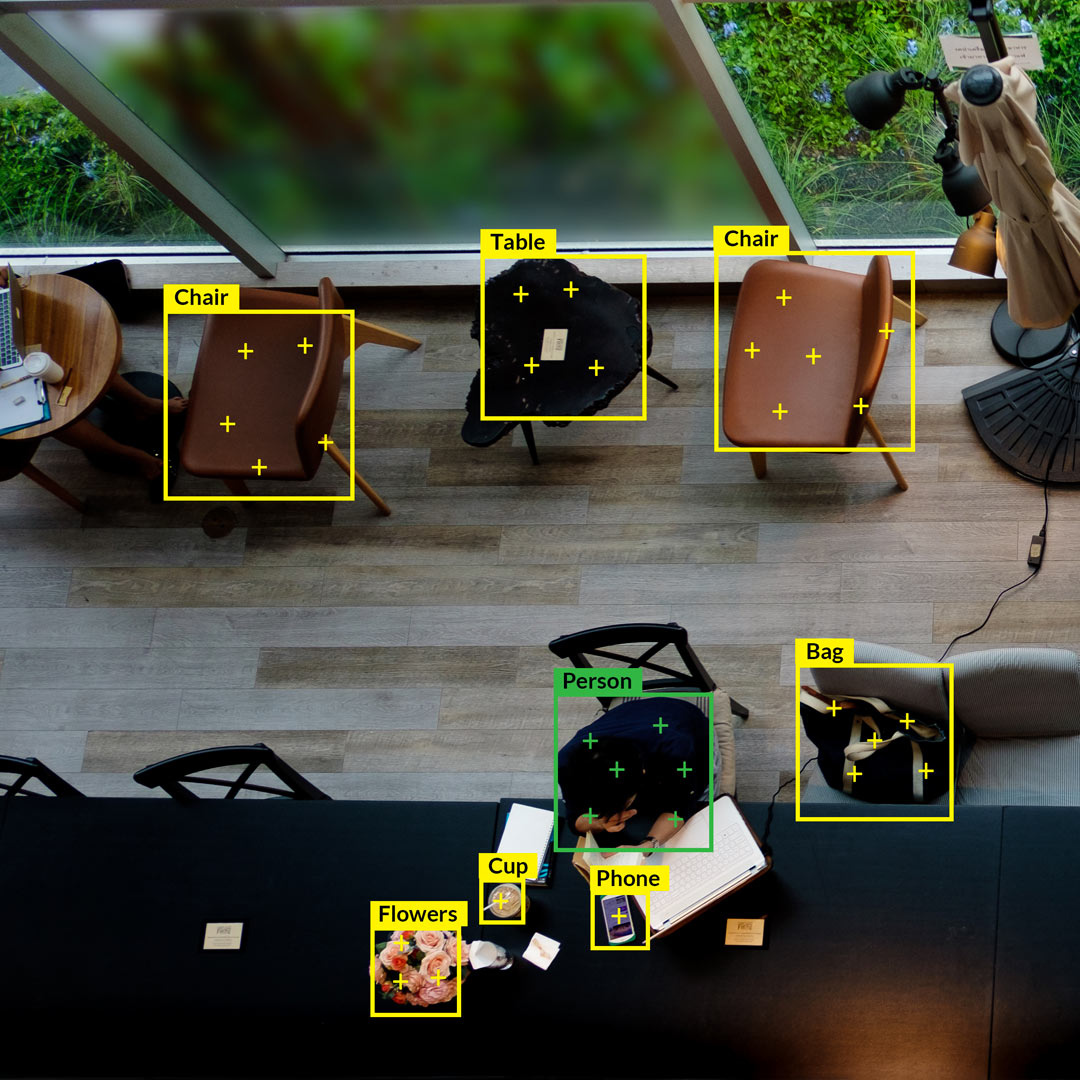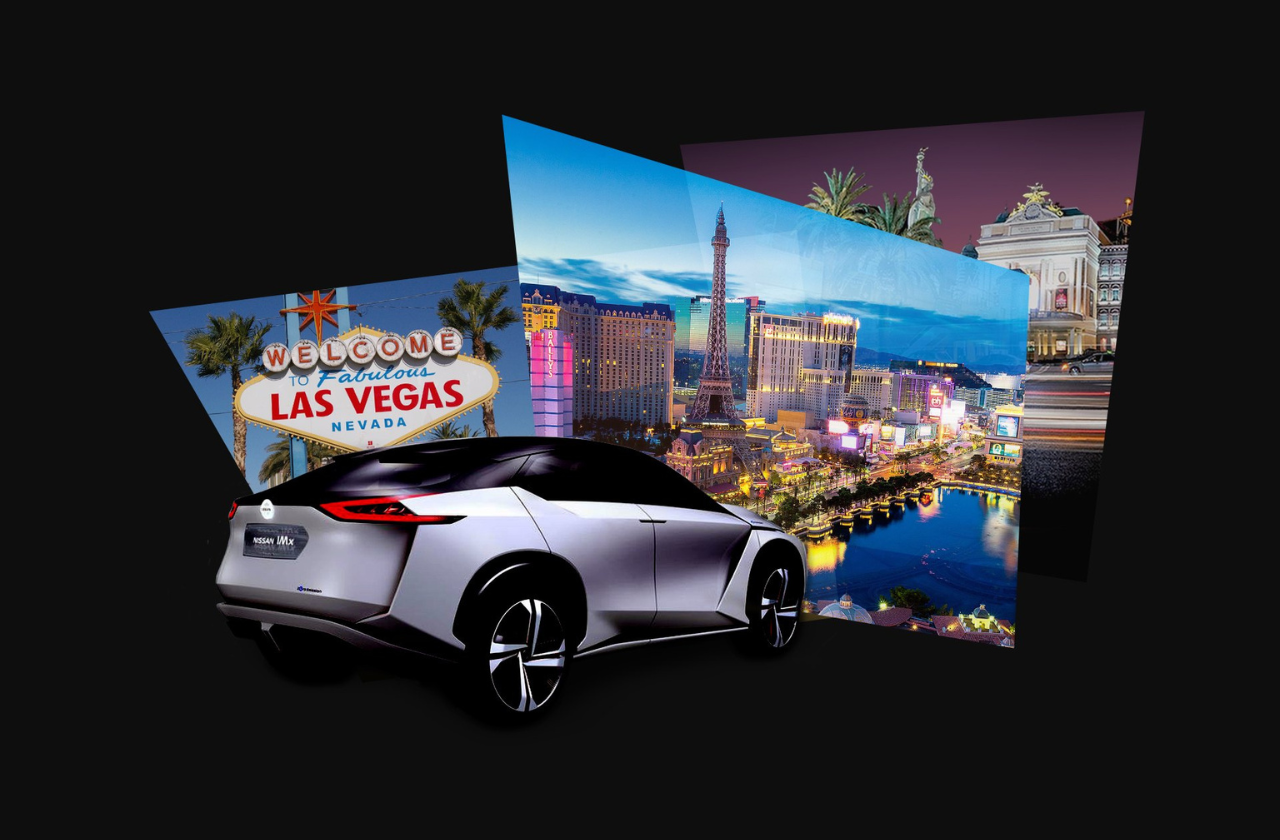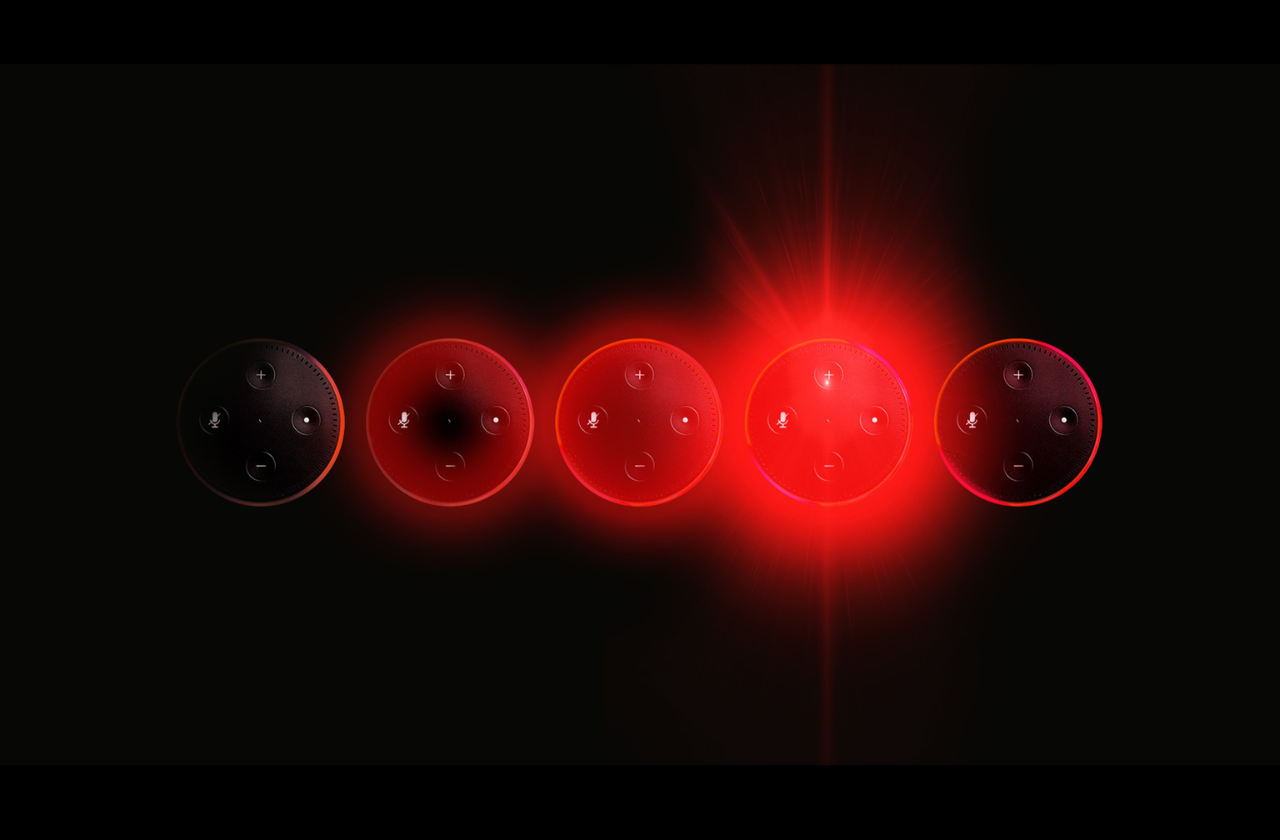






Over the last decade or so, news and promise about AI technology has grown and grown. John Giannandrea, Google’s Head of Machine Learning says “We’re kind of in an AI Spring”, a term created by researchers that describes a time where investment, development and commercial deployment of AI applications shows a marked increase.
More and more everyday services are using AI under the hood, whether that is word prediction on our virtual keyboards, battery and resource management on smart phones, image processing on our cameras or even film recommendations on streaming services. The power of AI algorithms in healthcare also remain dominant and most recently, have put been to use in the fight against Covid-19 – to trawl existing literature related to the disease, study the DNA of the virus and consider the suitability of various existing drugs as quickly as possible.
A big reason why so many AI applications are coming to fruition now is because of the exponential increase of the two biggest resources needed to develop to AI applications: Data and Computing Power.
AI models are only as good as the data that they are trained on, and they need a lot of it to be reliable (we talk more about how to avoid bias in AI algorithms here). With the ubiquitous nature of the internet, social media and smart phones, the ability to collate and/or crowdsource data has sky rocketed. Developers and organisations recognise this and can benefit from those that want to be involved, especially for apps that are working for the greater good. A good example is AIPoly, an app to support the visually impaired which asks for users to teach AIPoly and “contribute to a growing pool of visual knowledge”.
Compounded with the ever-increasing advancement of computing power, AI models that would have taken years to train, can be trained in days, considerably bringing down the price barrier to entry and allowing more grassroot projects to start.
One of the areas of AI exploding because of increased data and compute power is Object Detection, an area that we are very familiar with at Brandwidth.
Our image recognition app during testing, which is set up to recognise household appliances and educate users about how energy usage has improved over time.
Objection detection can require a lot of images to train with, especially if it needs to be flexible and robust. However, volume of images alone is not enough – we still have to make sure images aren’t collected hastily, as having quality data is critical for the accuracy of the final product.
Therefore, one important thing to keep in mind is capturing a variety of situations that may occur. For example, if you are building a car license plate recognition system, having images taken during the day, at night and in different weather conditions will be very beneficial for final robustness and performance.
Another important aspect to think about when gathering data is to think about how the final deployed application will see the world. To carry on the example of a license plate recogniser, if the system is car mounted, the images license plates in the training data should be head on. However, if the device is going to be mounted on bridges or road signs, the license plate images should be taken from above.
While for a lot of commercial AI applications the data gathering stage in the modern day is still very time consuming and expensive, with the prevalence of the internet, social media and the fact people are taking more pictures than ever with camera phones, nearly everyone has the tools to collect enough data to create an AI object detector of some sort.
As you can imagine, once you’ve collated all this data it can take a long time for an AI model to interpret and learn from the data sufficiently enough to get a good result. However, the advances in computing power means that someone with a modern laptop has enough processing power to get started at home making object detecting applications.
This has essentially democratised the development of Object Detecting AI models and meant object detectors are being used and developed in many different areas commercially – from helping to automate production lines, self-driving cars, assisting referees in sports, manufacturing lines and smaller projects that act as proof of concepts. One example of this is Tait Brown, who built a car based app to detect stolen cars by looking at license plates of cars in front – he achieved this at home using open source software. Tait drew comparisons to a similar project undertaken in Victoria, Australia which cost $86 million and whilst he admits that his version cannot be compared to a full system including the training, tech support and infrastructure that such a project at scale would need, it is a testament to what can be rapidly prototyped with modest budgets and the right approach.



Our dedicated team dives deep, delivering relentless value and aligning digital solutions with your goals in a way that guarantees success
Learn more